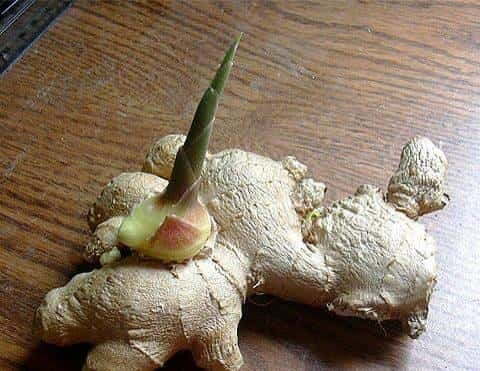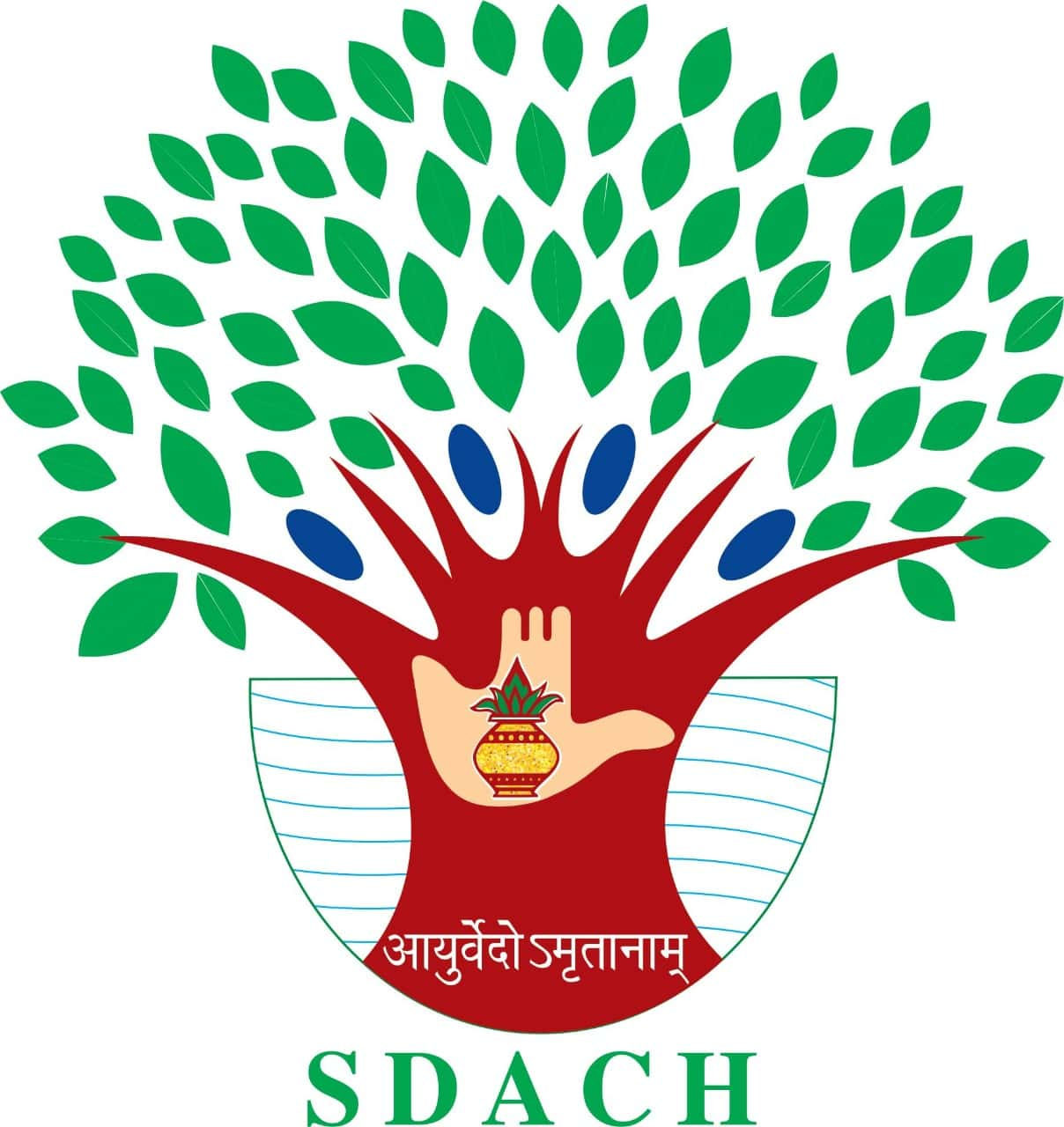
Botanical Name: Zingiber officinale Rosc.
Family: Zingiberaceae
Identification No.: SDACH/HG/022
Introduction: Mainly dried ginger using in Ayurveda formulation.. So it used as the prashepa dravyas for many drugs.
Names in different Indian languages:
English : Ginger
Hindi : Adarak
Kannada : Hasisunti, Ardraka
Malayalam : Inci, Erukkilannu
Sanskrit : Ardrakam
Tamil : Inji, Allam, Lokottai
Telugu : Allamu,ardrakamu
Unani : Zanjabeele- Ratab,Al-Zanjabeel
Dry Rhizome
English : Dry Ginger
Hindi : Soth
Kannada: sunti
Malayalam: Chukku
Sanskrit : Sunthi, Visvabhesajam
Tamil : Chukku, Sunthi
Telugu : Sunti
Unani : zanjabeel,Zanjabeel-eyaabis.
Synonyms :
Fresh rhizome—
Aardraka, Aadrikaa, Shrngibera, shrngavera, Katubhadra.
Dried rhizome—
Shunthi, Naagara,Naagaraa, Naagaraka, Aushadha, Mahaushadha, Vishvaa, Vishvabheshaja, Vishvaaushadha
Amomum zingiber L.
Classification according to Charaka, Susrutha & Vagbhata :
Charaka : Triptighna, Arsoghna, Dipaniya, sulaprasamana, Trisnã nigrahana
Susrutha : Pippalyãdi, Trikatu
Vagbhata : Pippalyãdi, Trikatu
Varieties & adulterants – (CV – controversy, AD – adulterants) :
1. Dry Ginger – Nagara, Visvabhesaja
2. Fresh Ginger – Ardraka, Srngabera.
3. Adulterants – Japanese Ginger
Morphology:
An erect perennial herb with aromatic rhizome.
Stem— erect, leafy, 15-150 cm tall.
Leaves— subsessile, linear-lanceolate or lanceolate, acuminate, glabrous, 10-30 cm long.
Flowers— shoot upto 15 cm long, clothed with sheaths; bracts -2-5 cm x 2 cm, light green; corolla tube light yellow, lip orbicular, dull purple with creamy blotches.
Flowering and fruiting during July-September
Habitat & Distribution :
All over India, Srilanka, Nepal
Chemical composition :
geranial and neral; and sesquiterpenes, beta-sesquiphellandrene, betabisabolene,
ar-curcumene and alphazingiberene, gingerols, shogaols, curcumene, beta-boürbornene, d-borneal, citral, d-camphene, citronellol, geraniol, gingerol, a- & beta- Zingiberenes, zingiberol, zingerone, gingerols, paradol, gingerenone A, ginger glycolipids A, B, & C; gingerdiol; gingerone B & C
Properties :
Rasa : Katu
Guna : Guru Ruksa, Tiksna
Virya : Usna
Vipãka : Madhura
Karma : Vãta-kaphahara, Dipana, Bhedana,pachana, vrisya, balya, rochana, sophahara, jwaraghna
antiemetic, antiflatulent, hypocholesterolaemic, anti-inflammatory, antispasmodic, expectorant, laxative,circulatory stimulant, diaphoretic, anti-inflammatory, antipyretic, analgesic, hypotensive and hepatoprotective.
Gingerol and shogaol have been shown to suppress gastric contractions. Both fresh and dried rhizomes suppress gastric secretion and reduce vomiting
Indications :
Sula, Amavãta, Adhmãna, Atisãra, slipada, Kãsa, svãsa, Hrdroga, sopha, Arsas, Hikkã, Vibandha, Raktapitta, Pãndu, Vrana, Jvara. Kustha, Agnimãndya
Irritable bowel , diarrhoea, fever,cough, asthma,flatulence,colic, colds ,influenza,migraine, nausea, vomiting
Part used :
Rhizome (raw and dry)
Dosage :
Powder 2-4 g
Decoction 50-100 ml
Important Yoga’s or Formulations :
Ardraka rasayana, Ardraka Khaãvalehya, Nagaradi Kasaya,Ardraka ghrta, Ardraka Khanda, Soubhaya Suñti, Samasarkarã churna
Amayika Prayoga(Therapeutic Uses) :
(1) Pratisyaya— Ardraka is given with milk (S.S.Ut. 24).
(2) Kaphaja Arsas— Ardraka and Kulastha are used (S.S.Ci.6)
(3) Murcha— Ardraka svarasa is used as Nasya (B.P.).
IUCN Status
Not Evaluated (widely cultivated).
Research Updates (Past 5 Years)
1. *2020:* Anti-inflammatory effects of gingerol in arthritis (Journal of Ethnopharmacology).
2. *2021:* Efficacy in chemotherapy-induced nausea (NCBI Study).
3. *2022:* Gastroprotective action against ulcers (Ayurveda Journal).






